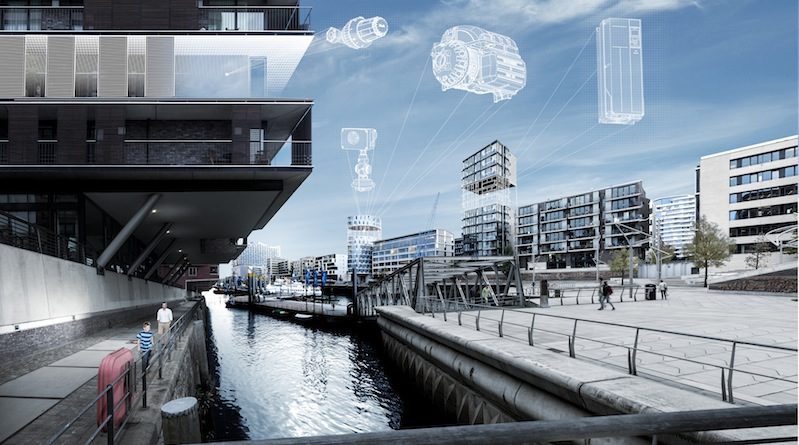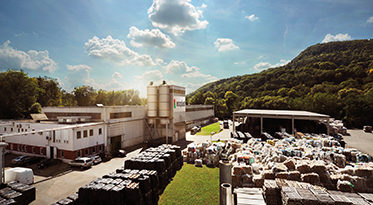
Unlocking investments into energy efficiency – on the need to match policies to the reality
We are at a turning point in the energy transition. An important delivery of the regulatory framework is to accelerate investments from the private sector in “energy efficiency”.
Energy efficiency will reduce the costs of the energy transition because it is about creating more economic output from each unit of energy.
Simply put, it is about doing far more with far less. In Danfoss for example, we have improved our energy productivity by 70% in the last 10 years.
At Danfoss we see five reasons why policy makers should adopt at least a 35% binding energy efficiency target flanked with a strong energy efficiency obligation scheme.
1. The market is much more mature than it was ten years ago when we adopted the 2020 targets. The number of Energy Services Companies (ESCOs) has increased and most utilities have embarked in the energy transition completely revamping their business model around energy services.
Capital costs have never been lower. The financing sector has opened their eyes on the business potential of energy efficiency and we will see a significant reduction of transaction costs.
2.The awareness of the attractiveness of energy efficiency investments has increased and the perception of risks related to such investments has decreased.
Facts show that investments in energy efficiency are much more reliable than usually percieved.
Danfoss provided real life projects into the data base of 8000 projects gathered on the Derisking Energy Efficiency Platform (DEEP) which demonstrate the attractiveness of investments in energy efficiency.
The median avoidance cost of saving energy is below EU energy prices with an average payback time be- tween 2 and 11 years (11 years for deep renovation projects in buildings).
3. We have the technologies, know-how and solutions to meet the target.
Decision makers should not underestimate the amount of solutions and innovation that are underway to unlock the potential of energy efficiency.
We have joined for example an initiative launched by Bertrand Picard (Solar Impulse) that will release 1000 energy efficiency solutions by COP24. It is crucial that policy makers open their eyes and base their decisions on the technologies which are already available.
4. A huge untapped potential is waiting to be grasped. We are already today able to turn the drinking and waste water treatment sector energy neutral which rep- resent the equivalent of 3,5% of the EU’s electricity consumption (payback time 2-5 years).
We can reduce the final energy demand in the EU buildings stock by 30% with optimized automation and controls (payback time 2-5 years).
We could cover the equivalent of all the EU space heating demand with excess heat… The examples are countless.
5. The opportunities for significant savings by focusing on energy efficiency are still untapped. A good example is the penetration rate of drives in electric motor systems: It is possible to reduce the consumption of electric motor systems by 40% thereby reducing global electricity consumption by 8%, the payback time is 2-3 years6 and yet, 80% of installed electric motors are still not equipped with drives.
So we have five convincing reasons to support a strong and binding trajectory in support of energy efficiency.
The benefits are countless: If we exploit the invisible reservoir of energy efficiency that still lies in Europe, we will support new business models, we will accelerate the uptake of clean technologies, we will reduce gas imports, we will do more with our renewable energy supply, we will reduce peak loads and system costs, and we will support a competitive economy.




